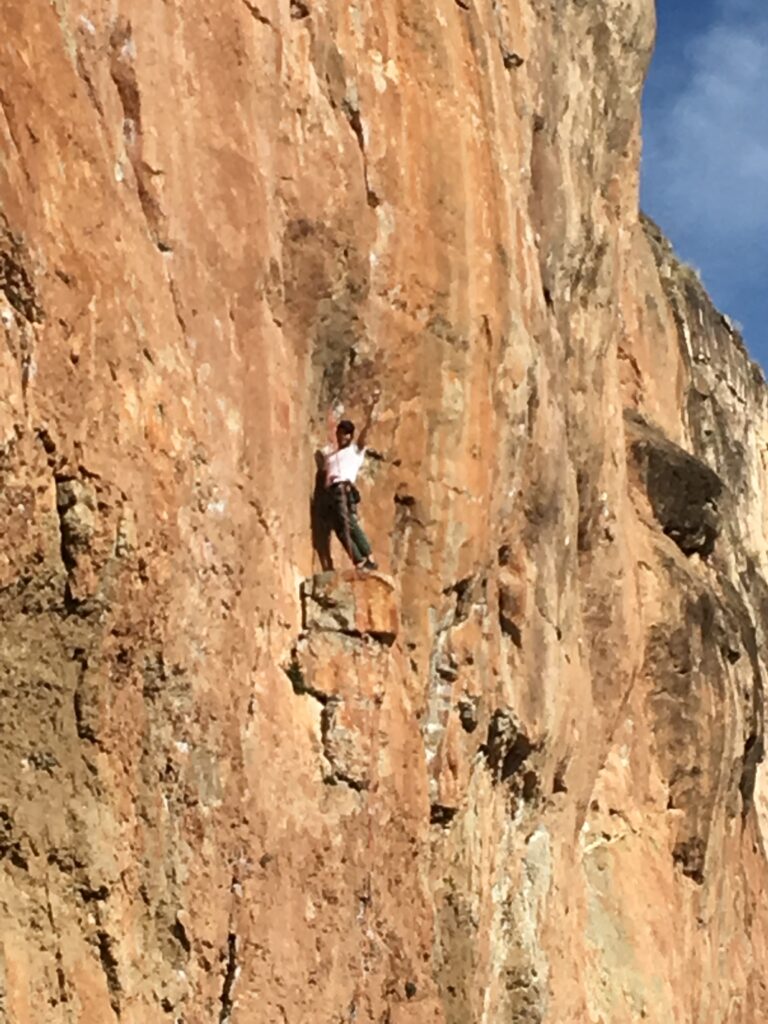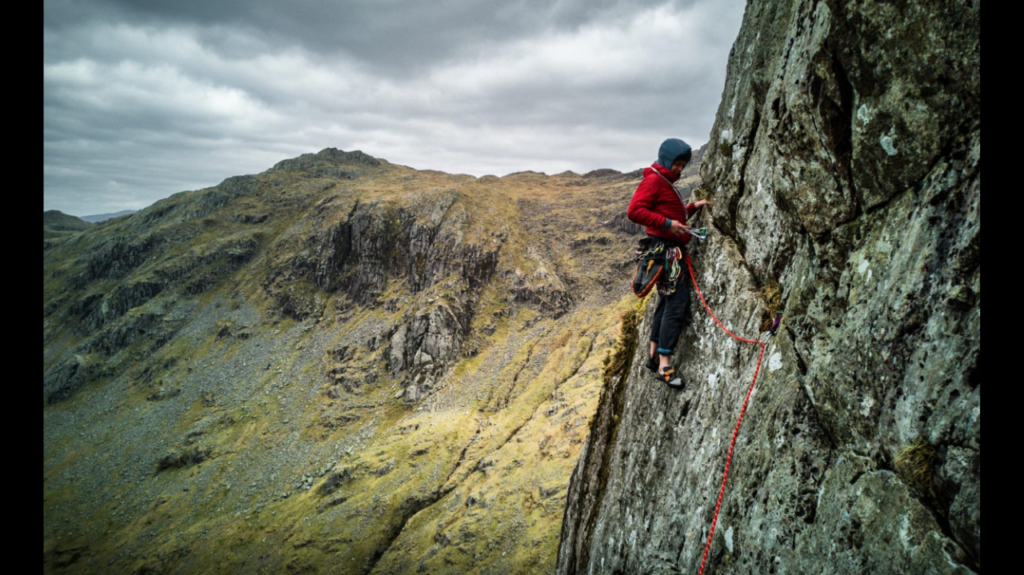You have all seen it haven’t you?
I am a bit late to the party here I admit. In fact, quite late. The ‘Free Solo/ Alex Honnald’ is finally behind us, thank God. Not taking anything away from Alex and his incredible achievement. It’s just I was so done with being asked “have you seen that guy climbing that mountain without ropes….ohhh is that what you do?”
If every climber out there had been paid a pound each time they were asked that question, you wouldn’t be able drive around Borrowdale for brand new VW California’s!
People couldn’t seem to get their heads around the difference between ‘free climbing‘ and ‘free soling’, so here’s an explanation.
There are actually quite a few different styles of climbing, each with their own niche. I thought I would briefly explain the most common ones. In case you are new to a bouldering gym somewhere and are trying to get your head around what people are saying they are doing at the weekend.
Or maybe you have new friends at the climbing wall that are ‘free soloers’ and you have always wondered why so many of them gave up climbing so quickly and never came back to the gym.
Here goes …
Free soloing is climbing without ropes. Almost always with the consequence of sure death or life changing injury if the climber makes a mistake that causes a fall. Fun, right?
It’s what you all saw Alex Honnald do on the TV programme. He is not the only one surprisingly enough. Lots and lots of climber’s free solo crazy stuff. It’s not unusual to be at a crag in the UK somewhere and see someone soloing a route near you, albeit not as crazy as Freerider on El Cap of course!
Free climbing is climbing using only your hands and feet to climbing your way up the face of the rock BUT you are protected (to a degree) by a rope system clipped as you go through protection in the rock. This is versus Aid climbing where you hammer rope ladders or fix gear into the rock and ascend using the ladders or the rope with mechanical aid.
What are the different types of climbing?
Bouldering
Damn, bouldering is a hot buzz word these days, isn’t it? I bet everyone from your boss to your binman is a boulderer now.
Bouldering is climbing without ropes. I know, I know, your mate who’s a climber told you that was free soloing and to stop asking him about Alex Honnald.
Its climbing without ropes, but not like that.
In bouldering you have what’s called ‘problems’ to climb which are generally only around 3-5 metres high, using big crash mats (bouldering pads) and spotters (pals to hopefully stop you from landing on your head).
I guess you could compare it a little to sprinting. Its short and sweet and requires a lot of power. The ‘problems ‘will consist of difficult moves that could require max effort and commitment. If you fail, you just land on the boulder pad and you or your friend tries it again. It’s sociable and accessible. You don’t need to understand rope systems or buy complicated equipment. It’s also great fun.
This is why indoor boulder walls have become so popular in recent years. You don’t have to have achieved your Scout/Guides knot badge to rock up and enjoy yourself.
For some It’s just a fun fitness tool, a new type of treadmill.
Sport Climbing
Sport climbing is climbing with ropes and a belayer (the person on the ground holding the rope for you), as you climb higher you clip the trailing rope into fixed protection in the wall using quickdraws.
The fixed gear is metal bolts or ‘hangers’ these days drilled and glued into the rock. Because this is super safe it allows the climber to really push their athletic ability, you can and will repeatedly fall whilst sport climbing, this is because you know the ‘gear is bomber’ as we say. Sport climbing is normally on single pitch routes. So, one ropes length, normally around 20-30 metres only.

Sport climbing is super fun and safe. It’s very popular across Europe, especially where it started in Verdun France.

Traditional (Trad) Climbing
Trad climbing is what is most common in the UK. We have a very rich history and heritage of it.
It, like Sport climbing, uses a system of rope and protection. With Trad climbing the difference is that instead of the hangers being pre-drilled and glued into the wall super safe style, you take your own gear up and find a home for it as you climb. Sketchy…!
You clip a mixture of protection onto your harness, small pieces of metal called nuts, clever devices called cams that open and close with the squeeze of a trigger, some other funky bits and pieces. Then as you climb up your route, you find small cracks that hopefully one of these pieces of protection will slot into or behind, you clip the rope through the nut/cam then if you fall hopefully your gear will hold!
That means you hope that you don’t see it fly past your head as you fall down below, watching it rip out of wherever you placed it.

Trad climbing is inherently more dangerous. Therefore, the average climber cannot ‘push his grade’ or climb as gymnastically as he could on a safe sport route. The spice comes from placing your own gear and trusting it and getting out of your head to climb past it. learning to do it as safely as possible takes a lot of experience.
Trad routes can be long, long affairs. They are generally much more adventurous and its more about the journey rather than the physical climb. That said there are exceptions to the rule of all these styles.
You can have run out sport routes where the bolts are spaced way apart, or the first one is high off the floor, meaning you must climb unprotected a fair way to get to it. You can have short, well protected, easy Trad routes. You can have Trad routes where even though you have the rope and belay system in place, you get to ‘fall and die’ sections.

Climbing is a rich tapestry with many, many options to choose from. people are often surprised when they hear how varied ‘climbing’ is.
We could carry on, we haven’t even mention Hi Balls, deep water soloing, multi pitches, ice climbing, off width climbing, big wall climbing …
It’s often been said that climbing is not a sport, it’s a lifestyle. That is very true. If you have never tried it before, get to your local gym or club. Hopefully now you can see that there will be a lifestyle out there that will suit you!
